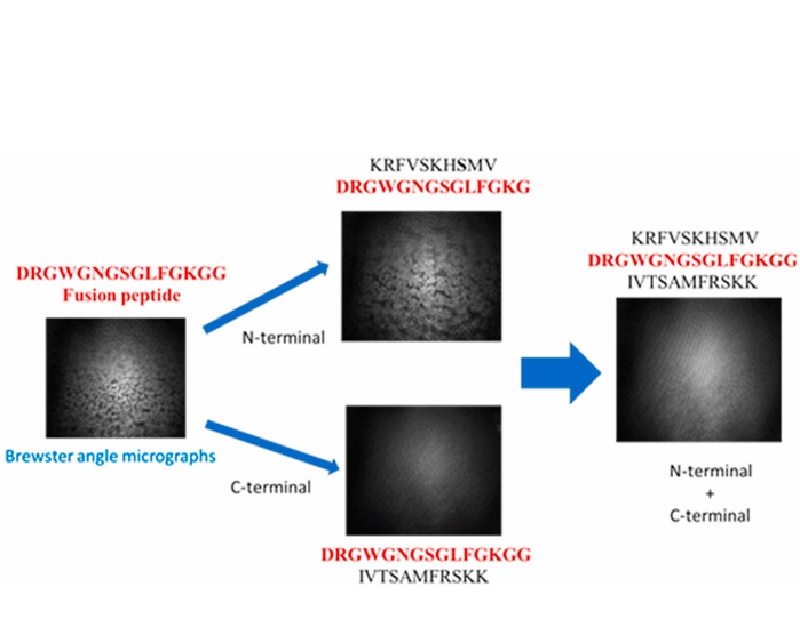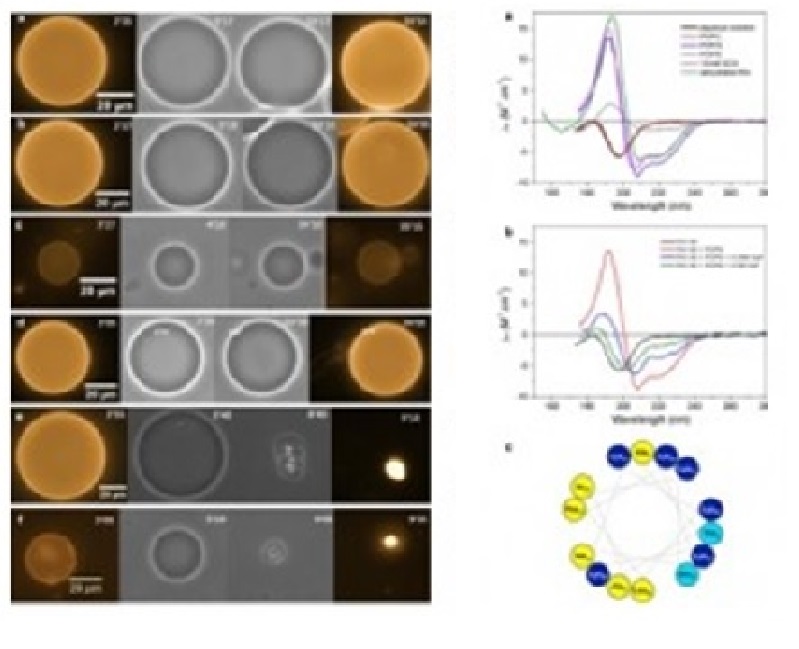
Authors:
Silva, Airton Damasceno 1 ; Pepe Ambrozin, Alessandra Regina 2 ; Carneiro, Renato Lajarim 1 ; Vieira, Paulo Cezar 1, 3
Abstract:
New antifungals are increasingly needed due to the emergence of resistant fungal strains. Traditional antifungal assays are laborious and require significant amounts of samples. The present work presents a new proposal to evaluate antifungal activity and antagonism among fungal species, based on experiments of fungal culture and co-culture, 1H NMR profile of fungal culture extracts and chemometrics. In order to develop the work, six axenic cultures of fungi that infested fruits (Fusarium guttiforme, Pestalotiopsis diospyri, Phoma caricae-papayae, Colletotrichum horii, Phytophthora palmivora, and C. gloeosporioides), and co-cultures of all possible combination among them were performed (totalizing 63 experiments). All fungal extracts were evaluated by 1H NMR followed by Principal Component Analyses (PCA) in order to determine spectral dissimilarity among the extracts. Results showed that 1H NMR data evaluated by PCA were capable to predict both antagonism and antifungal activity. Traditional antifungal in vitro assays of active and inactive extracts were also performed in order to prove the prediction made by PCA. The obtained data showed that the approach is an outstanding tool to simultaneously obtain and evaluate bioactive compounds because: it was able to predict the activity of five different extracts in a collection of sixty-three, which would be much more difficult and time consuming if applied randomly; most important antifungal extracts are indicated by PCA; hundreds of traditional in vitro assays are avoid; and, the method is very time and money saving.
1 Department of Chemistry, Federal University of São Carlos (UFSCar), São Carlos, SP, Brazil
2 Institute of Science and Technology, Federal University of Alfenas (Unifal-MG), Poços de Caldas, MG, Brazil
3 Department of Physics and Chemistry, School of Pharmaceutical Sciences of Ribeirão Preto, University of São Paulo (USP), Ribeirão Preto, SP, Brazil
Link to article: https://www.sciencedirect.com/science/article/pii/S0731708519319351?via%3Dihub







